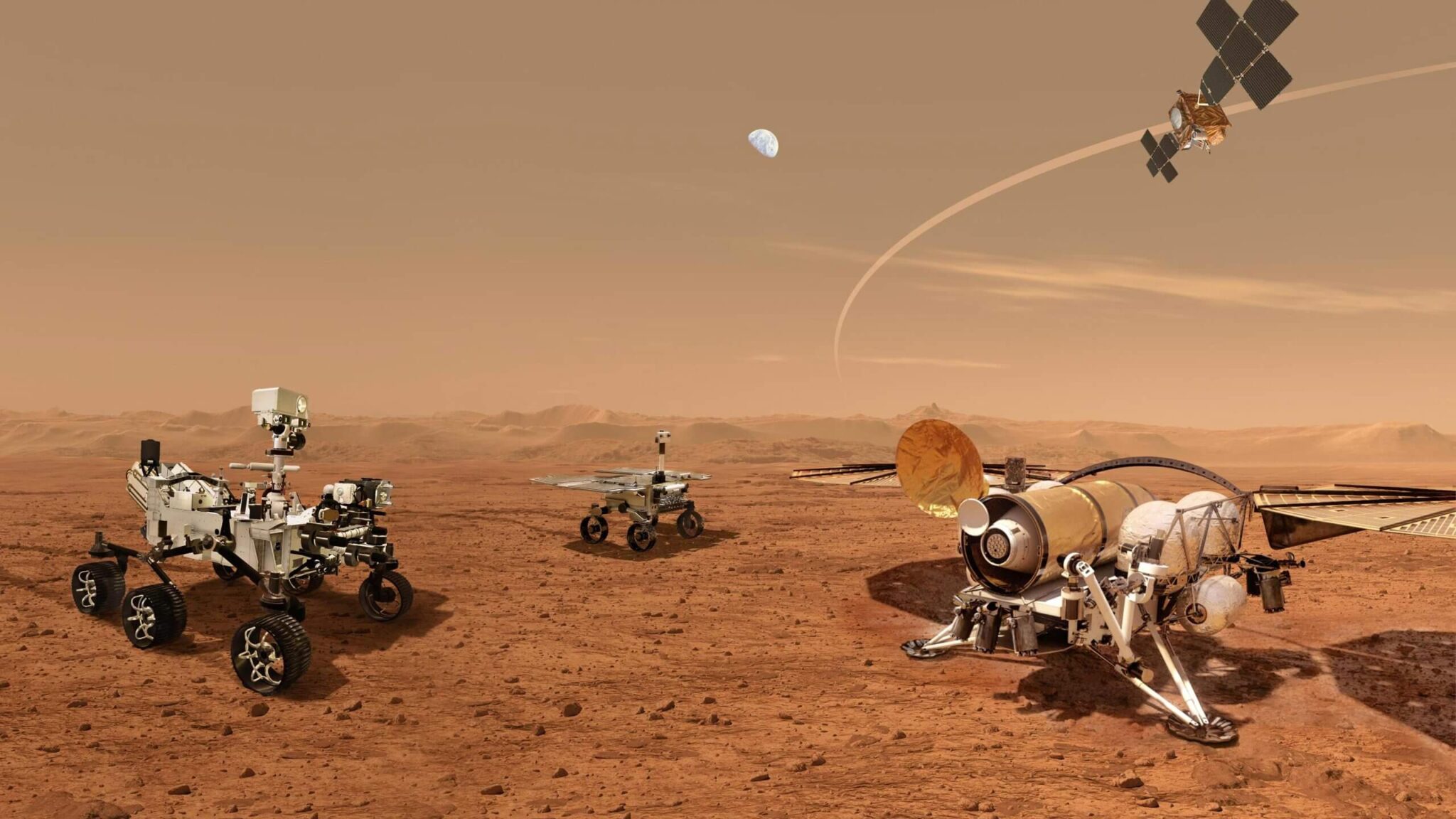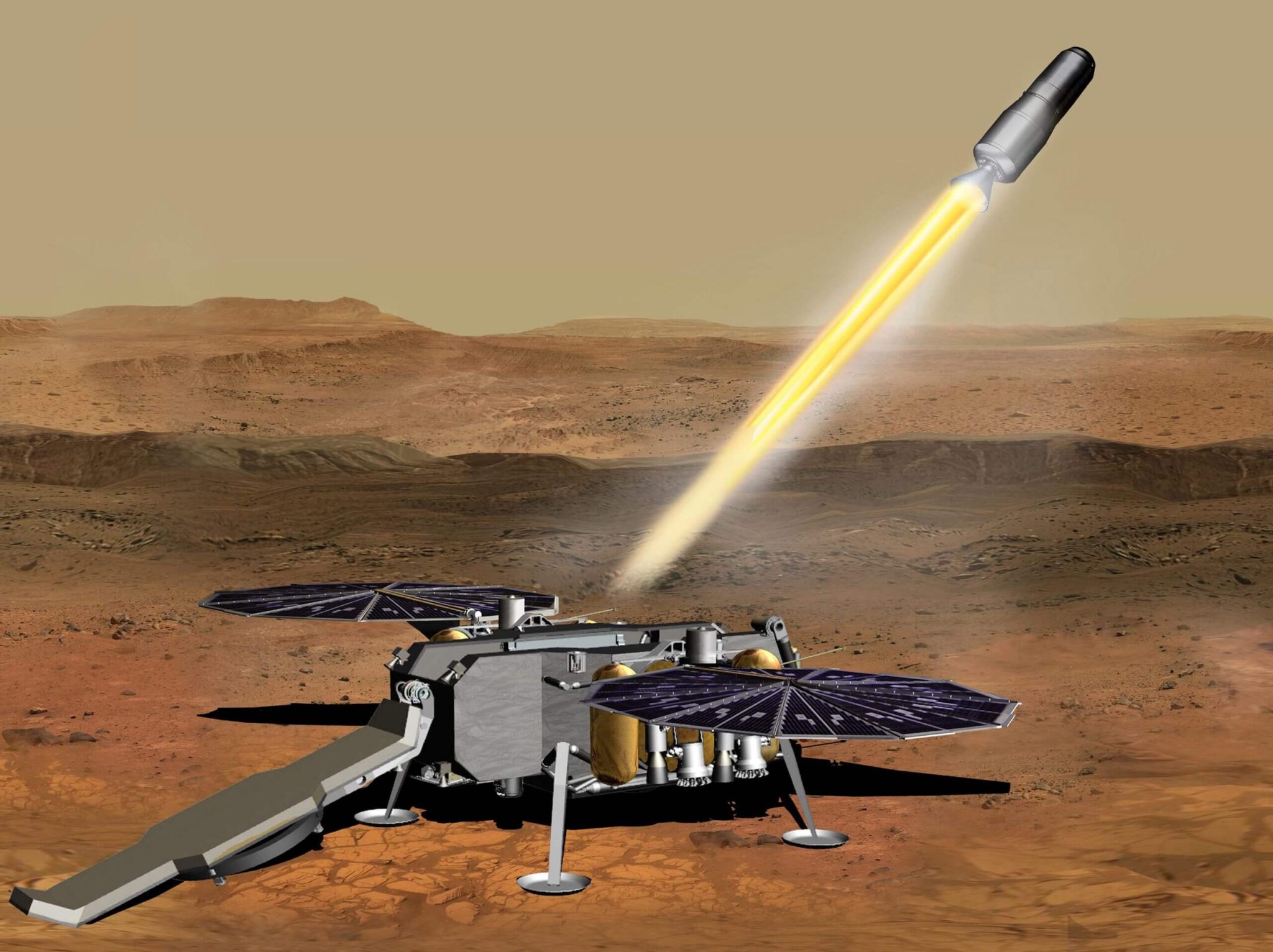The contract brings NASA one step closer to the first robotic round-trip flight to bring samples safely to Earth through the Mars Sample Return Program

NASA has awarded a contract to Lockheed Martin Space of Littleton, Colorado to build the Mars Landing Vehicle (MAV), a small and lightweight rocket to launch rock, sediment and atmosphere samples from the Red Planet. The contract brings NASA one step closer to the first robotic round-trip flight to bring samples safely to Earth through the Mars Sample Return Program.
"This groundbreaking venture will inspire the world as the first robotic round-trip mission returns a sample from another planet—a significant step that will ultimately help send the first astronauts to Mars," said NASA Administrator Bill Nelson. "America's investment in our program to return samples from Mars will fulfill a top-priority goal in the field of planetary science and demonstrate our commitment to global partnerships that will ensure NASA remains a leader in exploration and discovery."
"The MAV, which will be the first rocket to be launched from another planet, is a critical part of the operation to return samples collected by NASA's Perseverance vehicle and bring them to Israel for advanced research. NASA's sample lander, another important part of the operation, will take the MAV past Mars, and land near or inside Jezero Crater to collect the samples preserved by Presbyrans. The samples will be returned to the lander, which will serve as the MAV's launch platform. After all samples are secured inside, MAV will be launched.

After reaching orbit around Mars, the container will be captured by the European Space Agency's Reentry Spacecraft equipped with NASA's Capture, Containment and Return System's Meta. The spacecraft will bring the samples to Israel safely and securely in the early to mid-thirties.
"The commitment regarding the Mars Landing Vehicle is an early and tangible step in formulating the details of this ambitious project not only to land on Mars, but also to take off from it," said Thomas Zerbaken, Deputy Administrator for Science at NASA Headquarters in Washington. "We are nearing the end of the conceptual phase of this Mars sample return mission, and all the pieces are coming together to bring home the first samples from another planet. When they are on Earth, it will be possible to study them using the most advanced tools that are too complicated to launch into space."
More of the topic in Hayadan:

3 תגובות
It is about a planet. Moon is not a planet
Planet Mars Have you ever heard of the planet Moon?
It is written that it "will be the first rocket to be launched from another planet". So how did the astronauts get back from the moon landing?
Eli Isaac is a private computer science teacher
https://eisaak123.wixsite.com/privatelessons